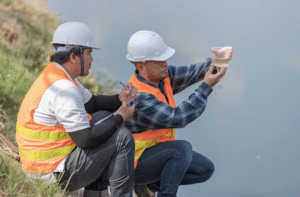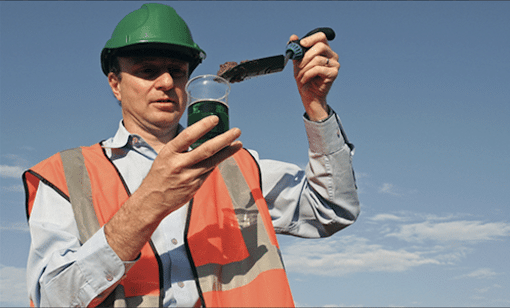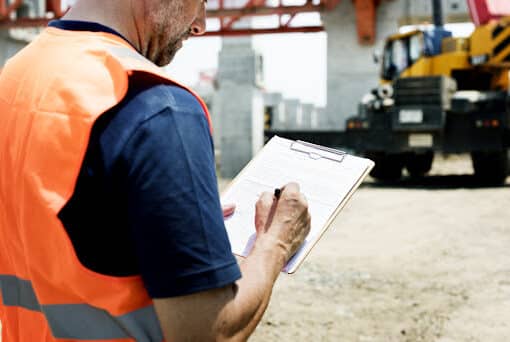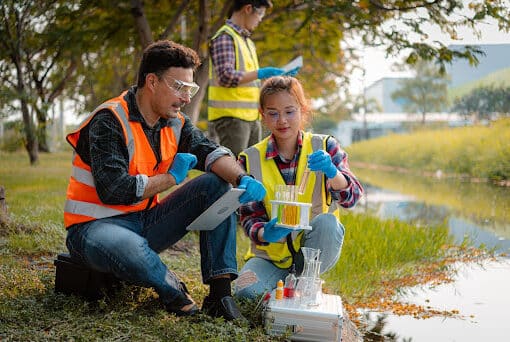National Due Diligence Services offers professional and efficient Phase 1 Environmental Site Assessments and Phase 2 Environmental Site Assessments to ensure your property acquisitions are within ASTM regulations for environmental contaminants, protecting you and your investments in the long run.
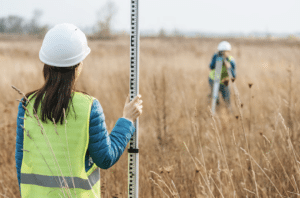
It’s important to note that a Phase 2 ESA is not always required for a property, but instead is necessary when a Phase 1 ESA provides an indication of an environemental containment. NDDS offers both Phase 1 ESAs and Phase 2 ESAs, and all of our ESAs are conducted in accordance with the American Society for Testing and Materials (ASTM) Standards. Conducting these assessments following these standards ensures that we consistently and efficiently produce informative and beneficial results for our clients and their respective properties.
The key differences between the two phases are the methodologies in which the assessment is conducted and the results produced once completed. This blog will elaborate on the differences between a Phase 1 and 2 ESA and when each is necessary.
Phase 1 Environmental Site Assessment
A Phase 1 Environmental Site Assessment is the initial step in environmental due diligence. If you’re looking to buy a piece of property, including a Phase 1 ESA in the real estate transaction is crucial to better understand the property you may acquire. In addition to better understanding the property, this assessment will also help you identify and discuss potential risks that could eventually affect the property in the long run. The assessment includes a site visit to identify the property’s potential or existing environmental contamination liabilities. A Phase 1 ESA does not include physical testing of paint, soil, or water present on the property, but will instead include an examination of the following:
- Groundwater quality
- Surface water quality
- Presence of stored hazardous substances
- Historical use of hazardous substances
- Other conditions that may impact the safety and health of the property
If there are no identifiable risks at the end of the Phase 1 ESA, there are no other steps required by ASTM standards to continue with the acquisition. However, if there are Recognized Environmental Conditions (RECs), Controlled Recognized Environmental Conditions (CRECs), or Historical Recognized Environmental Conditions (HRECs) identified, a Phase 2 Environmental Assessment will be required to investigate these conditions further as they are considered environmentally hazardous conditions.
Phase 2 Environmental Site Assessment
During Phase 1, our team evaluates the property through site observations, historical reviews, and interviews to identify the likelihood of contaminates. During a Phase 2 ESA, our team physically tests components of the property to assess whether or not hazardous materials are present. A Phase 2 ESA is necessary when a Phase 1 ESA identifies a Recognized Environmental Condition, which indicates the likely presence of petroleum products or hazardous materials on, in, or near the site. Some common examples of RECs include:
- Past or current storage of hazardous materials in underground or aboveground storage tanks or chemical storage areas.
- Past records of commercial or industrial activities, including dry cleaners, gas stations, auto repair shops, and other activities that may cause water or soil contamination.
- Historical or current presence of landfills, waste storage facilities, or illegal dumping.
This assessment collects physical samples from the property to evaluate the subsurface conditions and better understand the RECs found in the initial phase. The most common samples gathered during a Phase 2 ESA are:
- Surface water sampling
- Groundwater sampling
- Soil sampling
- Any potential hazardous materials in the surrounding area
- Vapor testing
After further testing and chemical analyses of the soil and water samples if applicable, we gather the results and build a report to interpret the severity of the contamination. If the contamination levels are high enough, the next step in the Environmental Site Assessment would most likely be a site clean-up and remediation of the property. A remediation’s purpose is to return the property to its natural state, free of environmental containments that could negatively affect the health of the people and wildlife around the site.
What We Can Do For You
NDDS provides a professional and efficient service, from Phase 1 ESAs to Surveying, Land Development Services, and beyond. Speak with our team to discover how we can assist you and your business today.

